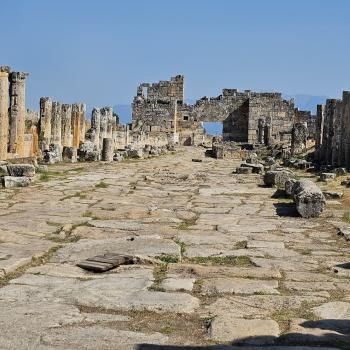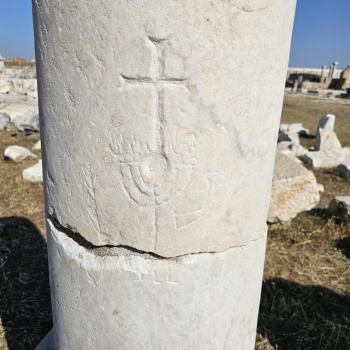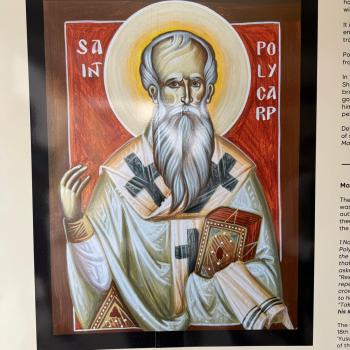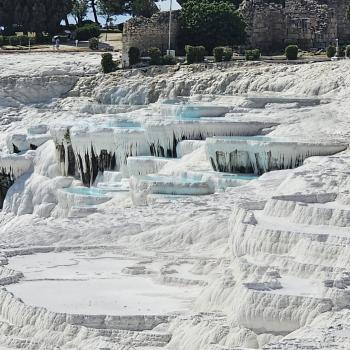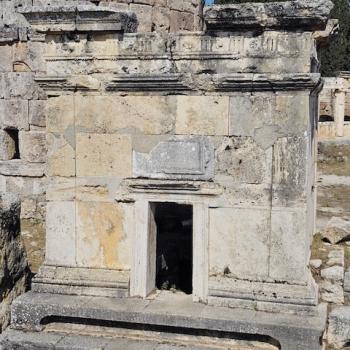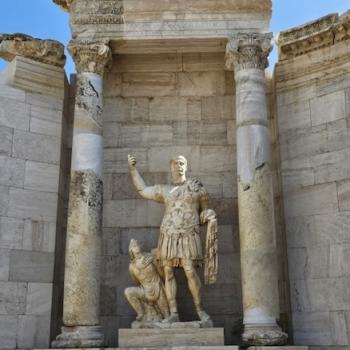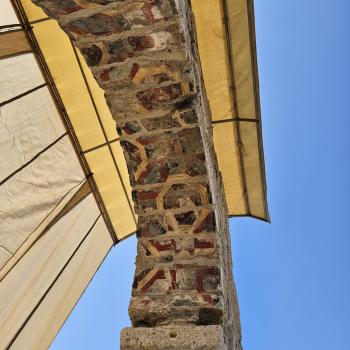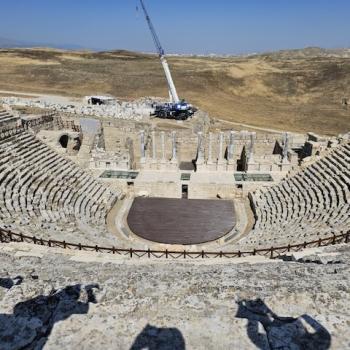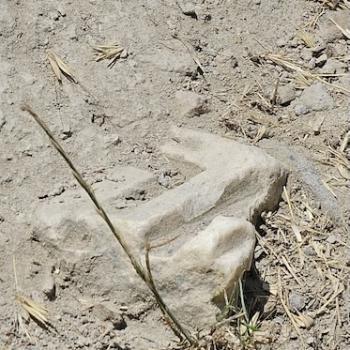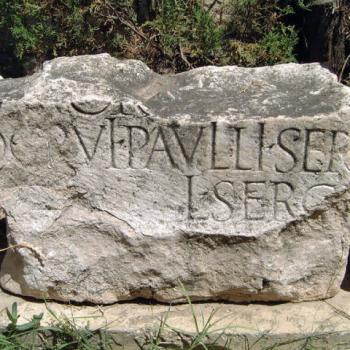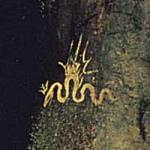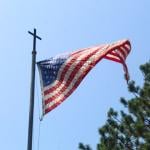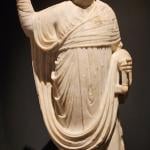It was not just Laodicea that was a major city that acquired a considerable Christian presence. Papias became the bishop here, and Philip and his prophesying daughters settled here, and he was later martyred. There is considerable irony here in that there is a huge necropolis, but also the thermal pools here were thought to bring health. What it actually did was slightly delay the inevitable. People died. In this post I wanted to show you main street, beyond the... Read more


